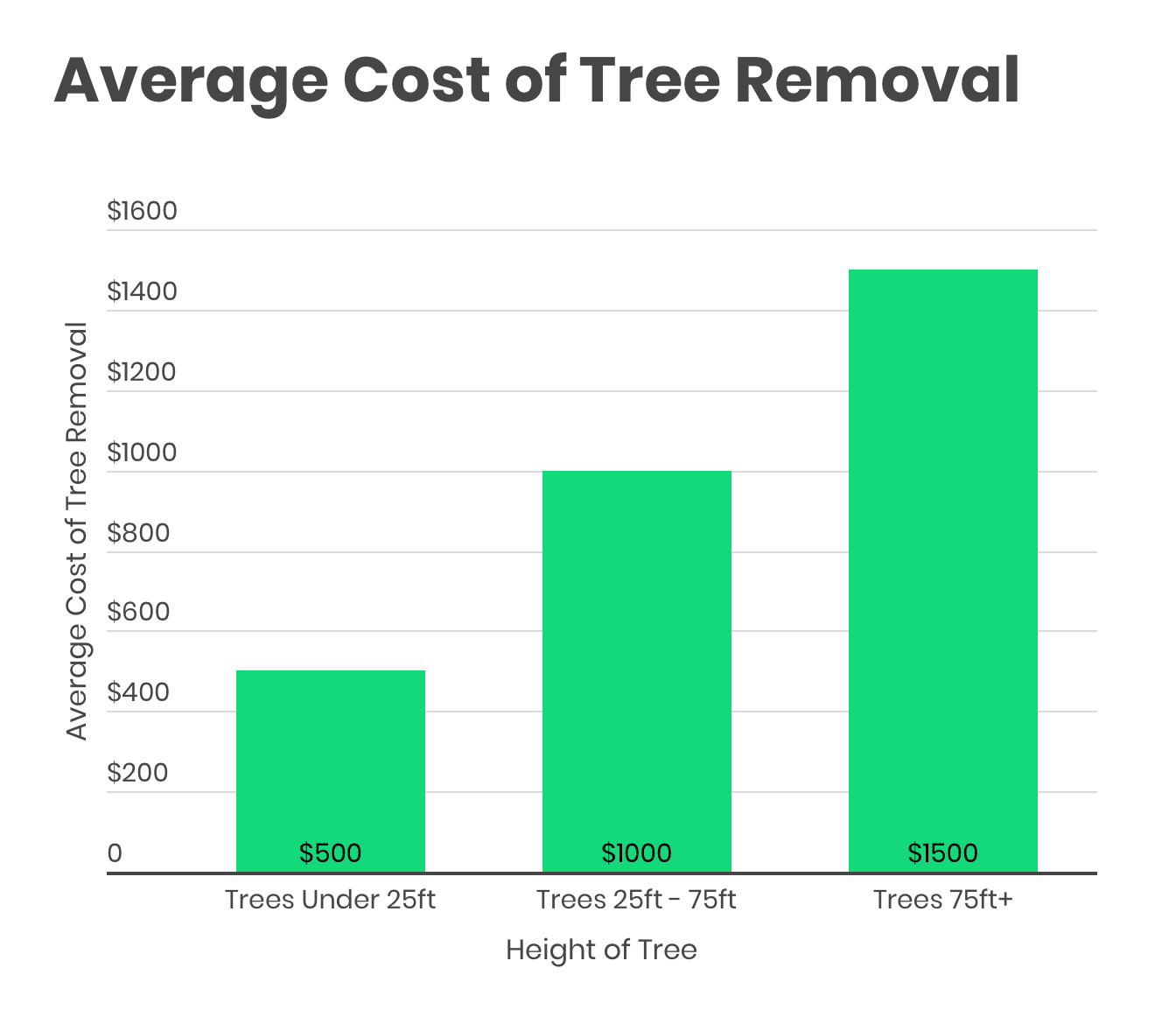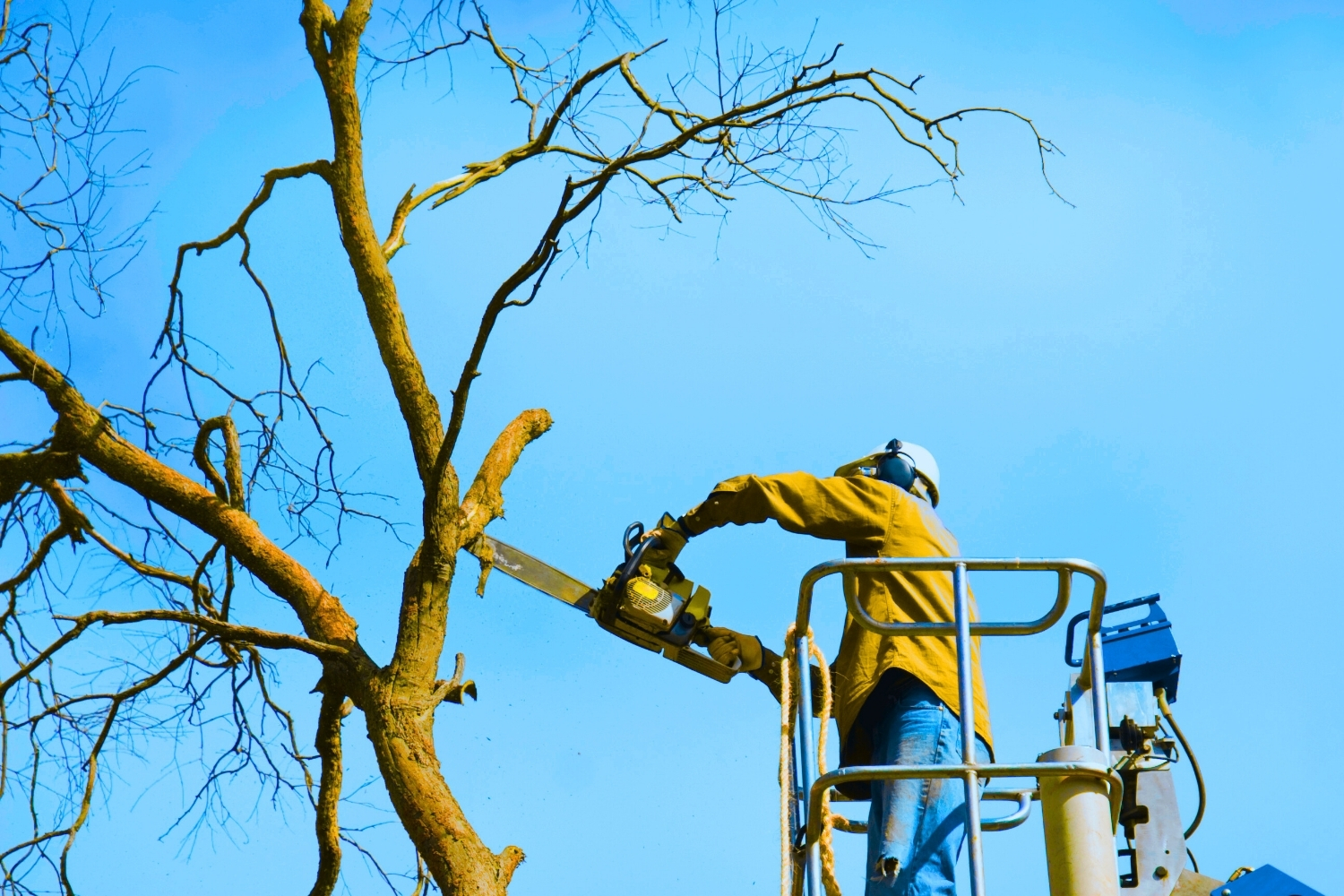Featured
Table of Contents
- – Most Affordable Tree Clearing In Milford city ...
- – Milford city , CT Arborist Financing Options
- – What Makes Milford city , CT Tree Removal Aff...
- – Milford city , CT Stump Grinding Fees: What T...
- – Compare Tree Service Prices In Milford city ,...
- – Military Discounts On Tree Removal In Milford...
- – Milford city , CT Tree Removal Cost Variables
- – Compliance Costs For Tree Trimming In Milfor...
- – Milford city , CT Stump Grinding Estimate Cost
- – Luxury Tree Service Prices In Milford city ,...
- – Milford city , CT Tree Cutting Repair Costs
- – Understanding Tree Cutting Pricing In Milfor...
- – Comparing Milford city , CT Tree Removal Pro...
- – Milford city , CT Stump Removal Exchange Pro...
- – Milford city , CT Tree Trimming: Payment Opt...

The subsections below offer more comprehensive info about prices, consisting of an average range for each. TypeAverage Removal CostPineConiferPalmMagnoliaArborvitaeAshCedarSweet GumEucalyptusSycamoreCypressOakMaplePoplar You can expect to pay between to get rid of a pine, depending on its size. Eliminating a pine is among the more cost effective jobs unless it is one that has been around for many years and is quite large.
Most Affordable Tree Clearing In Milford city , CT
Pines also have a tap root that grows deep into the soil, which can prove to be harder to remove. The process itself involves a specialist cutting the tree, clearing the base, cutting the surface roots, removing the stump, and finally dealing with the soil. Without a professional hand, you risk leaving pine seedlings behind, which will fall from the roots of distressed pines.
Milford city , CT Arborist Financing Options
The U.S. nationwide average for conifer elimination is approximately to have the conifer reduced, carried away, and the stump ground or removed totally. Conifers are usually simpler to eliminate, and although they can grow quite high, they do not cost a fortune to get rid of. Conifers consist of pine, spruce, fir, and juniper trees.
What Makes Milford city , CT Tree Removal Affordable?
While conifers are lovely, they eliminate native plants and specific types of yard. This is because they need a great deal of water and nutrients to endure, so they seep it off surrounding plants. They also have an extensive network of roots, which can impact your home's structure. The average rate of palm elimination depends on the height as much as the type, ranging from.
Milford city , CT Stump Grinding Fees: What To Know
That is why it is necessary to understand which type you are eliminating. While you do not need an herbicide to kill a palm tree, there are some actions your elimination specialist will have to take to make sure the task is done correctly. There are 2 methods they can eliminate them: by chopping them down or digging them up.
Compare Tree Service Prices In Milford city , CT
From there, they get rid of the actual tree and then the stump. Anticipate to pay in between to eliminate this type of tree, depending on the exact size and information of the task.
Military Discounts On Tree Removal In Milford city , CT
There are 3 types: green, white, and black ash. White ash is understood for its lots of colors. With its gray-tinged bark, its leaves are green or purple in the spring and golden yellow or purplish-red in the fall. They delight in moderate environments and lots of sun. The green ash is named such due to its green or yellow foliage.
Milford city , CT Tree Removal Cost Variables

Nevertheless, the bark is softer, and it flowers later on in the year. Due to the variation in height, the elimination cost difference is wide from. A coniferous, evergreen tree, the cedar is a durable types. Real cedars delight in higher altitudes, mainly in the Mountain ranges and the Mediterranean. A real cedar can grow as high as 160 feet in height and is often planted in the United States as a landscape choice.
Compliance Costs For Tree Trimming In Milford city , CT
The development of incorrect cedars differs from 50 feet up to 230 feet high. Property owners might pay anywhere from, depending upon the roots. With star-shaped leaves and spectacular fall colors, the sweet gum is considered a medium to big tree. Delighting in full sun, the sweet gum can not endure pollution.
Milford city , CT Stump Grinding Estimate Cost
Typically, it costs between to eliminate a eucalyptus. Eucalyptus are not common everywhere, but they are quite large compared to others, which is why even the smaller sized ones are so pricey to remove.
Luxury Tree Service Prices In Milford city , CT
There are a handful of methods to do this, including burning, pulling, grinding, or eliminating them with herbicide. Anticipate to pay between to remove sycamores, based upon the height, trunk size, and amount of work included. Sycamores are among the largest wood trees, typically ranging from 60 to 100 feet tall and as wide as 15 feet.
Milford city , CT Tree Cutting Repair Costs
The first two actions will expose the insides of the tree and cut off the circulation of nutrients up the trunk. From there, a professional uses herbicide to eliminate the tree and cuts down the trunk.
Understanding Tree Cutting Pricing In Milford city , CT
There are several kinds of Cypress trees, but the most prevalent are the Leyland, Arizona, Bald, and Italian. The Bald Cypress grows in swampy or really moist locations while the others enjoy a dry, warm, or hot climate (stump grinding). They can grow as high as 80 to 100 feet high
Comparing Milford city , CT Tree Removal Providers: Costs

Prone to illness, the Cypress is among the most prized woods for furnishings. The average oak grows to around 60 feet, and depending upon the complexity of the elimination, it costs an average of to eliminate. The precise size of your oak and the effort needed to fell it impact what you will in fact spend for removal together with any extra services like stump grinding.
Milford city , CT Stump Removal Exchange Programs: Costs
Access to the trees and the roots will likewise affect the overall expense. Maples are usually amongst the more costly trees to get rid of due to the fact that of their size and the work included in the elimination.
Milford city , CT Tree Trimming: Payment Options
Growing as high as 90 to 115 feet, these huge woods are generally found in North America and consist of the aspen, cottonwood, and balsam trees. The process to eliminate trees involves all the cutting and cutting of the branches and trunk, bringing it down to a stump.
Table of Contents
- – Most Affordable Tree Clearing In Milford city ...
- – Milford city , CT Arborist Financing Options
- – What Makes Milford city , CT Tree Removal Aff...
- – Milford city , CT Stump Grinding Fees: What T...
- – Compare Tree Service Prices In Milford city ,...
- – Military Discounts On Tree Removal In Milford...
- – Milford city , CT Tree Removal Cost Variables
- – Compliance Costs For Tree Trimming In Milfor...
- – Milford city , CT Stump Grinding Estimate Cost
- – Luxury Tree Service Prices In Milford city ,...
- – Milford city , CT Tree Cutting Repair Costs
- – Understanding Tree Cutting Pricing In Milfor...
- – Comparing Milford city , CT Tree Removal Pro...
- – Milford city , CT Stump Removal Exchange Pro...
- – Milford city , CT Tree Trimming: Payment Opt...
Latest Posts
How To Save Money On An Stump Grinding In Van Wert, OH
How Much Does An Stump Grinding Cost In Berkley, MI
Rock Falls, IL Tree Trimming Quote Comparison Tool
More
Latest Posts
How To Save Money On An Stump Grinding In Van Wert, OH
How Much Does An Stump Grinding Cost In Berkley, MI
Rock Falls, IL Tree Trimming Quote Comparison Tool